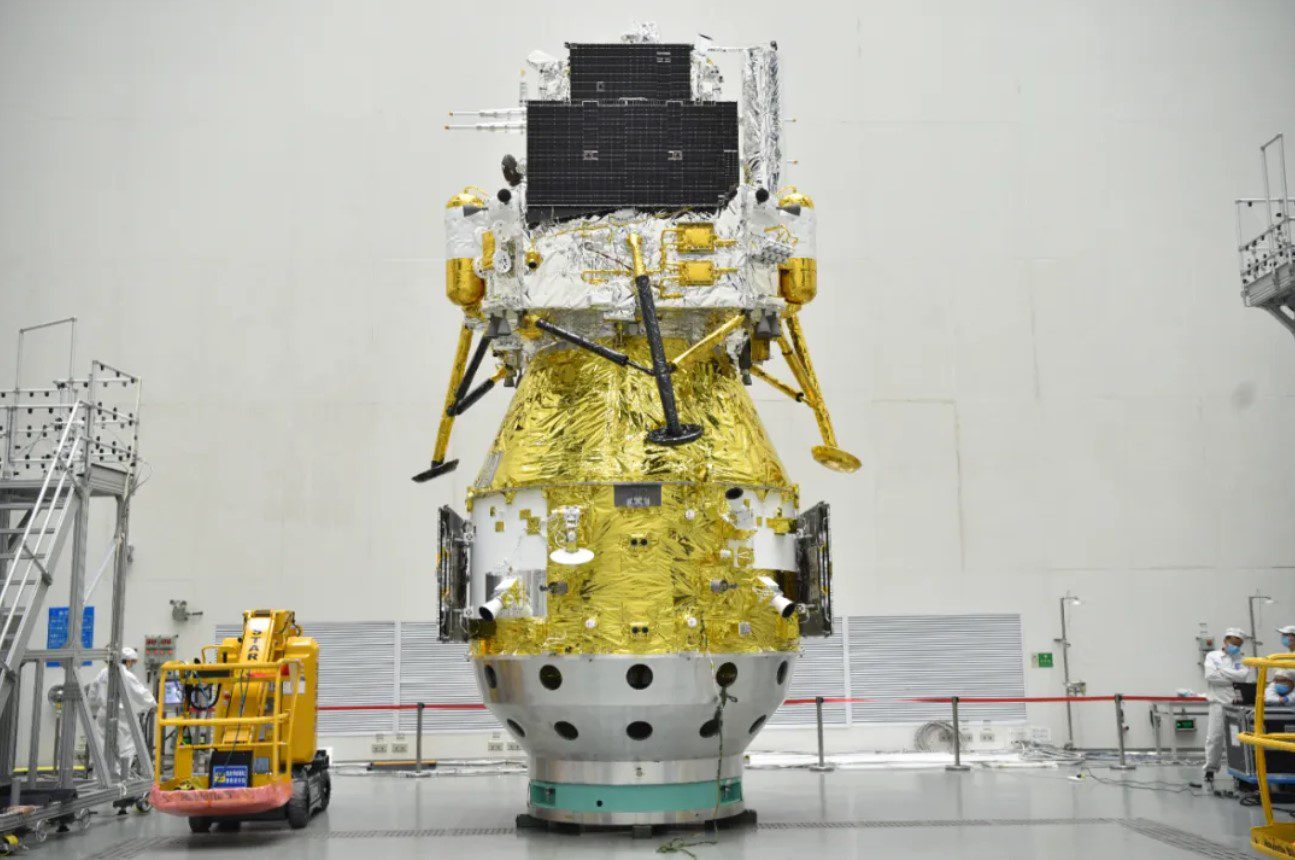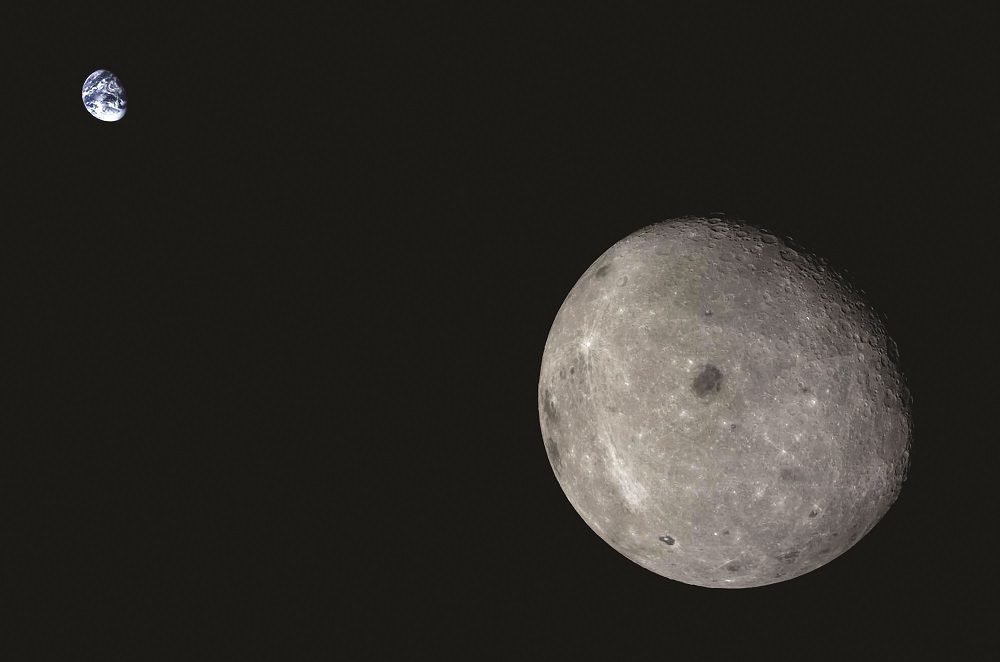HELSINKI — The Chang’e-6 spacecraft from China successfully entered the moon's orbit late Tuesday. This is another step forward in its mission to gather samples from the far side of the moon.
At 10:21 p.m. Eastern on May 7 (0221 UTC May 8), the Chang’e-6 orbiter slowed down by using its engine, letting the moon capture it with its gravity, the China National Space Administration (CNSA) announced. announced.
The mission launched On May 3, the orbiter started its journey to the moon. It will try to collect samples from the far side, which could lead to significant scientific discoveries.
For the braking burn, the orbiter employed its 3,000N engine. It is currently in an elliptical lunar orbit with a periapsis of around 200 kilometers. After this, Chang’e-6 will release a 7-kilogram cubesat into lunar orbit and then adjust its orbit for landing. Icube-Q Before the landing attempt in Apollo crater, the mission lander will detach from the spacecraft. This is expected to happen around early June, as the current lighting conditions in Apollo crater are not ideal for landing and surface operations, although this hasn't been officially confirmed.
The landing site is located in the South Pole-Aitken Basin (SPA) and is believed to contain material from the moon’s mantle. Analyzing such samples could provide new insights into the moon's history and the differences between its near and far sides.
The plan for the Chang’e-6 mission is for it to last 53 days from launch to landing, according to the Deep Space Exploration Laboratory (DSEL) under CNSA.
What’s next for Chang’e-6?
The Chang’e-6 mission is anticipated to last 53 days from launch until landing, as per information from the Deep Space Exploration Laboratory (DSEL) under CNSA.

Sunrise over Apollo crater is set to occur on May 28. This indicates that Chang’e-6 will likely attempt to land around early June, once there is enough sunlight over the landing area. The timing of the attempt will depend on the spacecraft’s orbit and constraints related to surface lighting conditions for power generation.
Similar to Chang’e-5, the sampling operations for Chang’e-6 are expected to be completed within 48 hours of landing. Samples will be brought into lunar orbit using an ascent vehicle, which will then rendezvous with the Chang’e-6 orbiter.
Following the earlier mission, the ascent vehicle and orbiter will likely dock approximately two days after launch, with the ascent vehicle being discarded a couple of days after that. The orbiter will then prepare to leave lunar orbit at a specific time, releasing a reentry capsule just before returning to Earth, around June 25.
The far side of the moon is never visible from Earth due to its tidally locked rotation. The mission is supported by the Queqiao-2 satellite, which is in a specialized orbit to relay communications between Chang’e-6 and ground stations on Earth. Queqiao-2 Further goals
Aside from its main goal of bringing back samples, Chang’e-6 also carries equipment for more scientific research. The mission includes payloads from France, Sweden, Italy, and a cubesat with involvement from Pakistan.
The lander also has a Detection of Outgassing RadoN (DORN) instrument from France to detect radon outgassing from the lunar crust. Sweden, with support from ESA, contributed the “Negative Ions at the Lunar Surface” (NILS) payload. An Italian passive laser retro-reflector is also on board the lander.
The Chang’e-6 spacecraft stack reveals a lunar rover attached to the mission lander for the first time.DORNImages released after launch show Chang’e-6 also carrying a small rover.NILSChang’e-6 is part of China’s broader lunar ambitions. The country plans to follow up with two missions to the south pole of the moon around 2028, and aims to launch its first crewed lunar mission by 2030. Both sets of missions are part of a plan to establish a permanent lunar base, known as the International Lunar Research Station (ILRS) program, which is planned for the 2030s. Many countries and organizations are contributing to the project. China’s Chang’e-6 lunar far side sample return spacecraft entered orbit around the moon late Tuesday, taking another step towards collecting lunar samples.

Images of the spacecraft released after launch also reveal Chang’e-6 to be carrying a small rover.
Chang’e-6 is part of China’s broader lunar goals. The country will follow up with two missions to the south pole of the moon. These are Chang’e-7 in 2026 and Chang’e-8 around 2028. The country aims to launch its first crewed lunar mission by 2030.
Both sets of missions are part of a plan to establish a permanent lunar base. This project is known as the International Lunar Research Station (ILRS) program, planned for the 2030s. A number of countries and organizations have signed up to the project.









